Originally published August 24 2013
Secret world of insects revealed in fascinating science photos from the Natural News Forensic Food Lab
by Mike Adams, the Health Ranger, NaturalNews Editor
(NaturalNews) When I'm working in the Natural News Forensic Food Lab, I like to put the equipment to use for much more than just food investigations. Recently, I gathered some insects and brought them to the lab to take a closer look. At 200X magnification, fascinating details emerge.
What you see below is a collection of photos (and a video) resulting from my "insect investigation" at the lab. You'll see the tiny shingles that make up a butterfly wing and the structural support columns of a dragonfly wing.
Also check out the amazing grasshopper foot, the dragonfly head and the close-up of a scorpion's stinger, showing the poison reservoir that's pumped into the insect's victims.
You'll also see the stinger of a wasp, the claw arm of a scorpion and much more.
After checking out the photos, watch the video at the bottom of this article to see even more examples, including microscopic video of a tick, complete with its blood-siphoning "mouth" still in place.
For the record, no insects were harmed or killed to take these photos, except for the ticks which we fed to the chickens. Yumm! (All the other insects were already dead.)
Here are the photos:
Microscopic insect photos by Mike Adams
Have you ever seen a butterfly head up close?
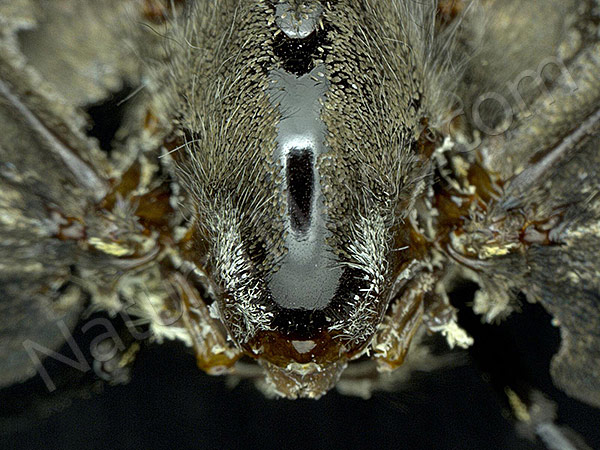
These look like shingles on a roof, but they're actually the structures of a butterfly wing:
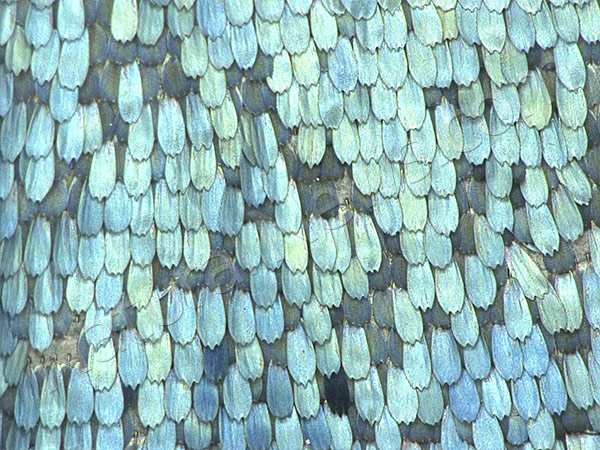
This photo shows the structural support "beams" that hold a butterfly wing together:
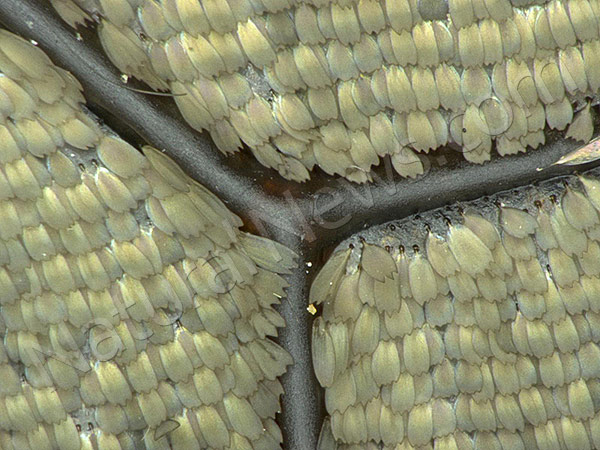
Butterfly wing "shingles" come on all sorts of colors. In this photo, you can actually see the "transition" colors between yellow and black. How does the butterfly know to create shingles with transition colors? How does the DNA even know what to build between "yellow" and "black?"
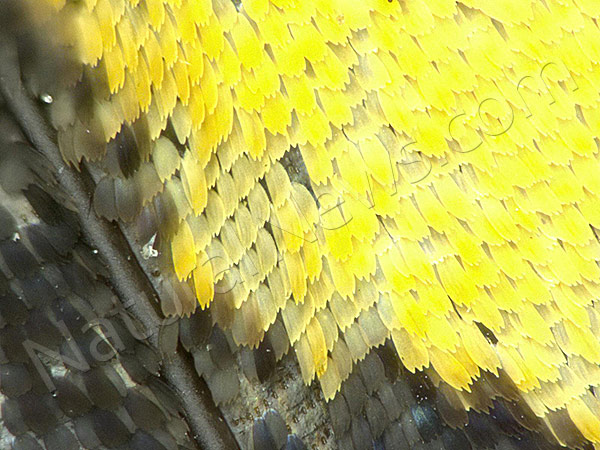
Here's a less-magnified image so you can see the overall structure of wing shingles and support struts:
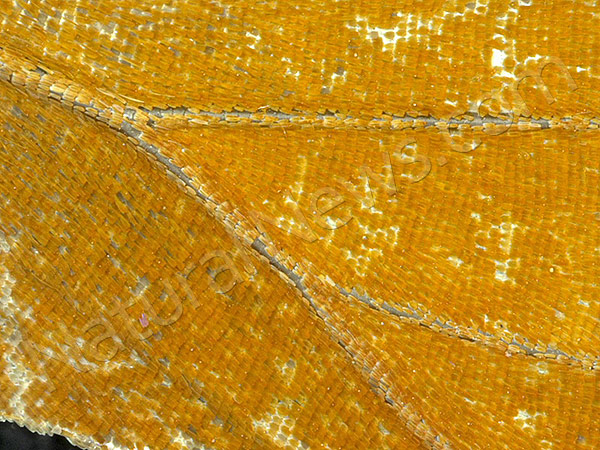
Amazing engineering! This dragonfly wing uses a combination of 4-sided and 5-sided polygons to create an ultra-strong yet extremely thin wing:
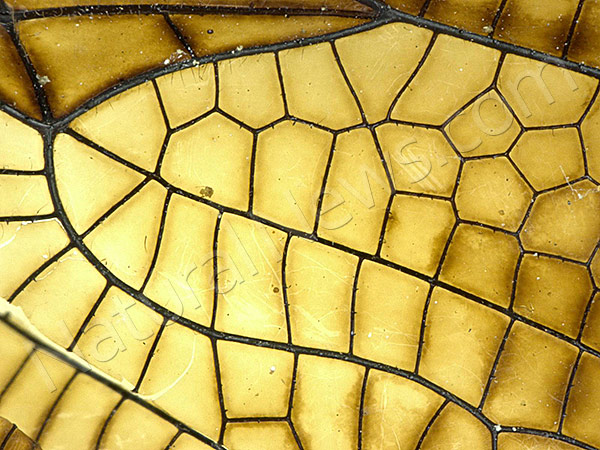
Here's the body of a grasshopper showing two different kinds of wings. The "outer" wing is tougher and built for camouflage. The "inner" wing is engineered solely for flight and is thinner and semi-transparent:
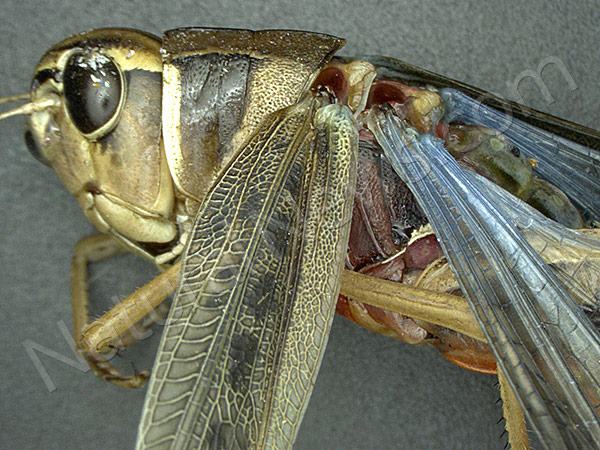
Here's an extreme close-up of a grasshopper foot, shot against the underside of a leaf. Ever wonder how grasshoppers can hang on to everything so well? Here's the answer:
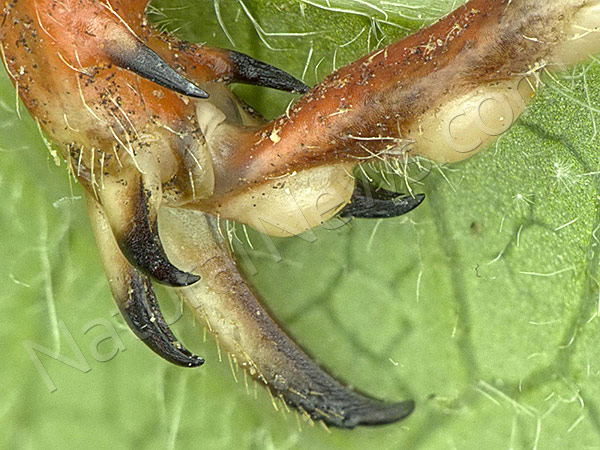
Here's the head of a moth. It's covered with a combination of "shingles" and tiny hairs:
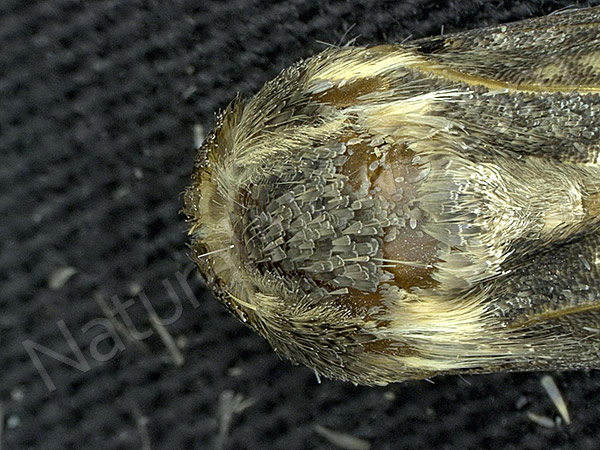
This image of a moth appears to be blurry, but it's actually in sharp focus. The intent of the moth shingles is to appear "fuzzy" to potential predators. This is part of the stealth strategy of the moth. These structures, by the way, also have "audio camouflage" features that makes them appear fuzzy to the echolocation of bats. In essence, Mother Nature was building stealth aircraft millions of years before the Pentagon:
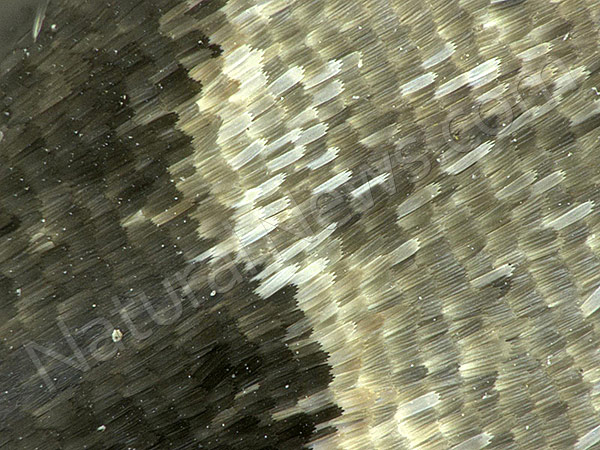
Here's the wing of a small yellow wasp:
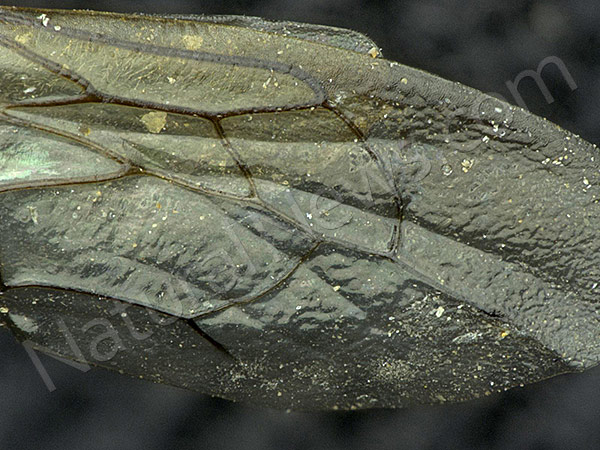
And here's the eye. Notice that the lack of a pupil eliminates the need for focusing the eye. Instead, the wasp eye has thousands of tiny visual inputs that assemble a very wide view of the world in the wasp's mind:
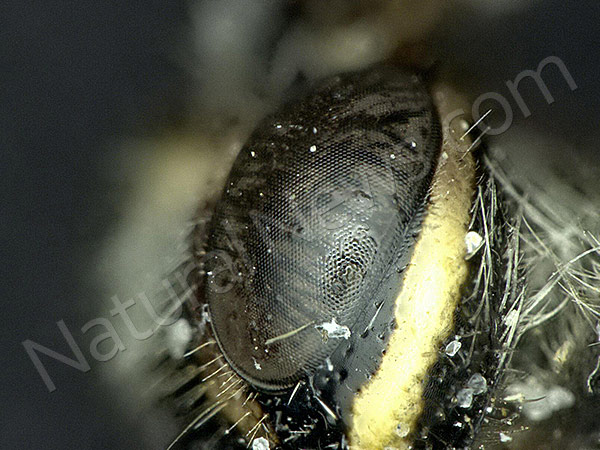
The wasp's foot is engineered to allow it to easily grip things, much like the grasshopper foot:
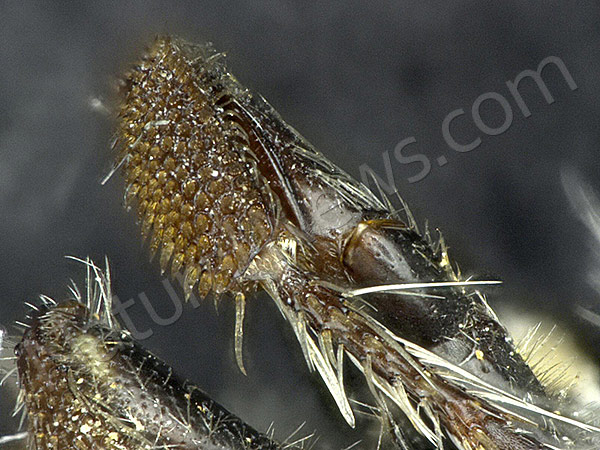
Here's the "business end" of the wasp. If you look carefully, you can see the tiny stinger:
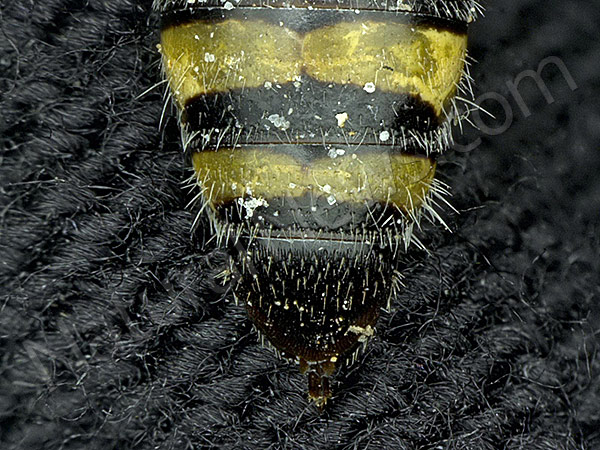
The underside of this wasp looks a lot like the "Predator" from that movie starring Arnold Schwarzenegger:

If you get "stung" by a scorpion, you're actually being injected with nature's hypodermic needle. The large bulbous sac contains the poison, and once the stinger penetrates your skin, muscles squeeze the sac, injecting the poison almost instantly. I've been stung by this same species of scorpion, and it feels like somebody drove a nail through you:

Here's how the scorpion holds on to its victims, which are mostly other small insects. Scorpions normally try to avoid humans and will typically only sting people out of self defense:
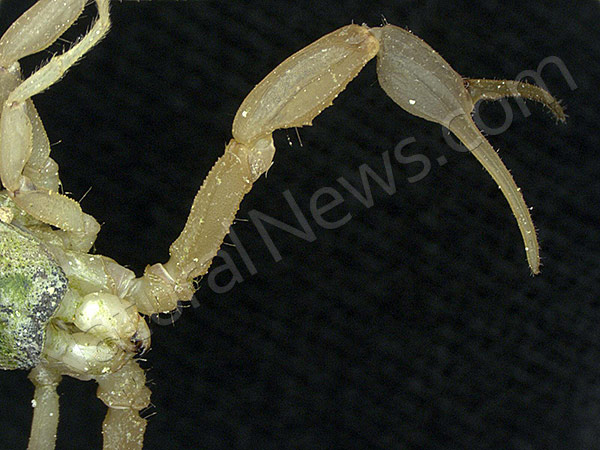
See the video:
All content posted on this site is commentary or opinion and is protected under Free Speech. Truth Publishing LLC takes sole responsibility for all content. Truth Publishing sells no hard products and earns no money from the recommendation of products. NaturalNews.com is presented for educational and commentary purposes only and should not be construed as professional advice from any licensed practitioner. Truth Publishing assumes no responsibility for the use or misuse of this material. For the full terms of usage of this material, visit www.NaturalNews.com/terms.shtml
















